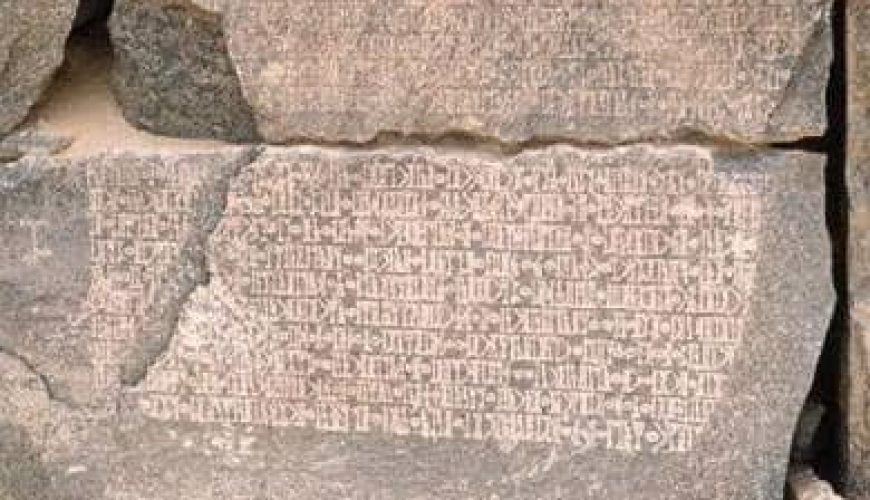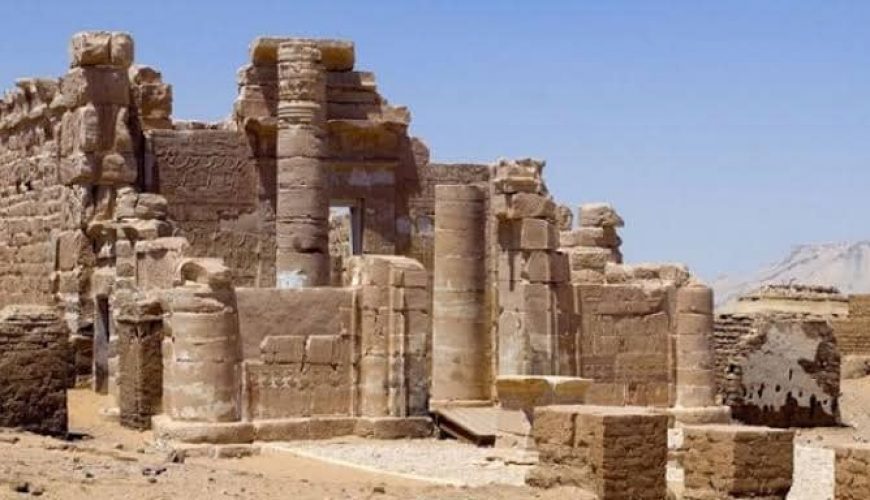Archaeology in Sinai
It is the land of turquoise Sinai, which links the continent of Africa to Asia, which made it one of the most important trade routes since ancient times, if not the most important.
At the beginning of history, the original inhabitants of the Sinai did not speak the Egyptian language and were of Semitic origin.
The Egyptians were also sent expeditions to Sinai to extract minerals such as copper, turquoise, gold and other minerals.
All this led to the presence of many traces in the land of turquoise.
Antiquities of the ancient Egyptians:-
The ancient Egyptian monuments in the Sinai varied, including temples, castles and forts, such as the temple of the goddess Hathor, the goddess of turquoise, or what is known as the Temple of Serabit al-Khadem.
Next to the temple, beside the caves of Fairouz, some inscriptions were found by Petri in 1905, the first of their kind at that time, as they were written in the Sinaitic alphabet, and from here it was proven that hieroglyphs and Semitic signs influenced them.
Near the temple, inscriptions were found showing that King Sesneferu eliminated the aggressors on the Sinai mines, in addition to the hieroglyphic inscriptions in the Wadi Maghara region, where minerals are extracted, as well as the Golden Horus Road, which is one of the most important strategic areas in Sinai.
Nabataean monuments:-
In Sinai, there are also writings in the Nabataean language, as these writings were found along the trade route.
Greek and Roman Antiquities:-
It consists of cities, castles, walls, tombstones, churches and monasteries, including the monastery of Mount Sinai, a church in the city of Al-Tur and a fortress on Mount Maghara, as well as the remains of the fortress of Emperor Justinian, which was erected in the sixth century AD.



Comment (0)